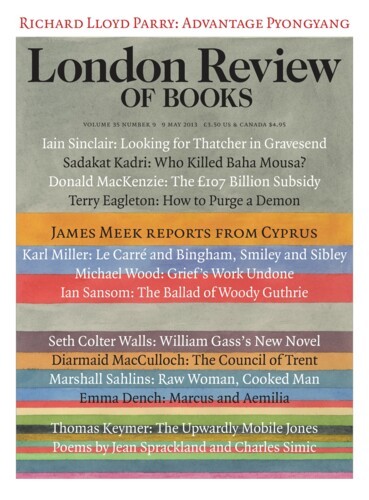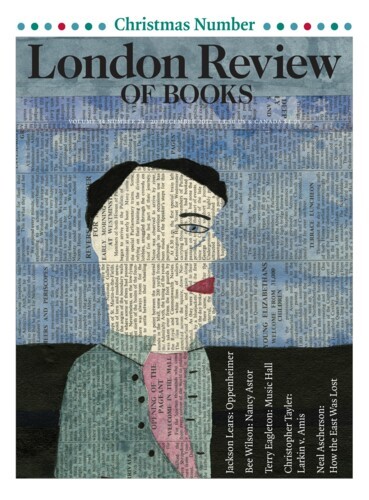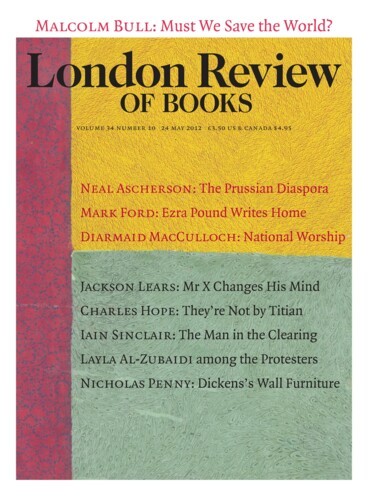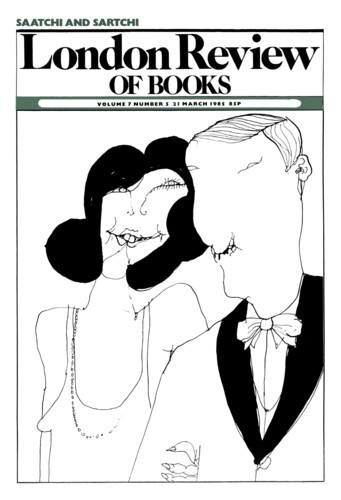At the National Gallery: Barocci
Charles Hope, 9 May 2013
Successful artists are usually attracted to major cities, where reputations are most easily made and commissions most abundant. Barocci was a conspicuous exception. Born in the 1530s in the provincial backwater of Urbino, the birthplace also of Raphael, he completed his training in Rome, but then, probably in 1563, returned to his native town, where he remained for almost the whole of his...





